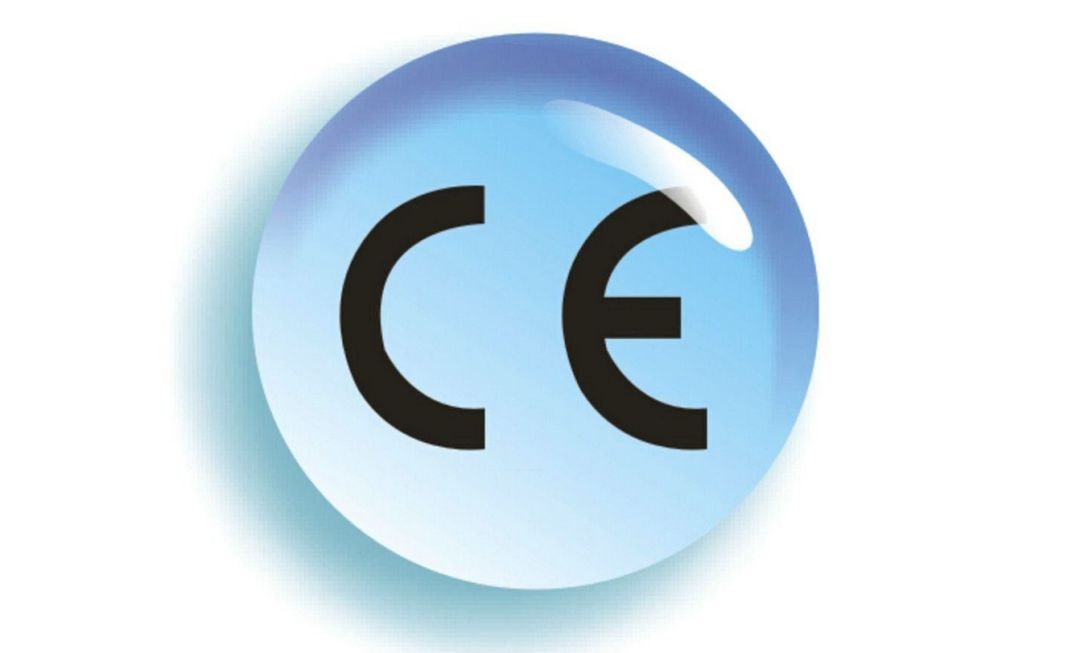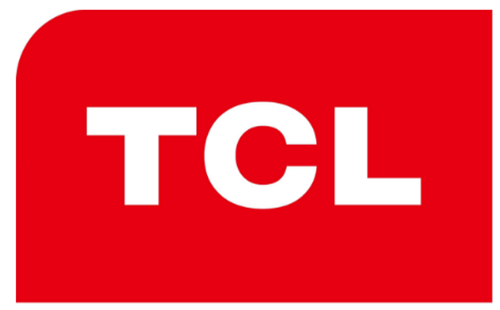Conformite Europeenne (CE) refers to the certification required for products to be sold in the European Union. It indicates that the products comply with the safety, health, and environmental protection requirements of the European Union. For Bluetooth headsets, CE certification is not only a legal requirement, but also a necessary condition to ensure that the product can be successfully sold and used.

First, manufacturers need to be clear about the applicable EU directives and standards. Bluetooth headsets usually need to comply with the Low Voltage Directive (LVD), Electromagnetic Compatibility Directive (EMC), Wireless Equipment Directive (RED), etc. These directives set out the technical requirements for products to ensure that they do not cause harm to users and the environment.
Second, manufacturers need to perform the necessary tests on Bluetooth headsets to ensure that they comply with the above standards. These tests can be carried out in an in-house laboratory or commissioned by a third-party certification body. The tests include electrical safety, electromagnetic compatibility and radio frequency.
After completing the test, the manufacturer should prepare technical documentation. These documents include product design instructions, test reports, user manuals, etc., which are designed to demonstrate that products comply with the requirements of the relevant directives. These documents are important for subsequent certification and market supervision.
Next, the manufacturer needs to select the appropriate certification body for certification. For some directives, such as the Radio Equipment Directive, the involvement of third parties may be required. The certification body will review the technical documentation and test results to confirm that the product meets the standards.
After the certification is passed, the manufacturer needs to sign the CE conformity declaration, declaring that the product meets the requirements of the relevant directive. This is a legal certificate for the product to enter the EU market. At the same time, the CE mark must be marked on the product and the necessary information must be provided in the packaging and user manual.

During the CE certification process, the following risks exist:
1, compliance risk: If the product design or testing does not meet the standards, it may lead to compliance issues, affect market access, and may face fines or recalls.
2, cost and time: Certification costs may be higher, especially the cost of third-party testing and certification. In addition, the certification process can take a long time, affecting the time to market.
3, legal liability: does not carry out CE certification in accordance with the provisions of the product, if there is a safety problem, the manufacturer may face legal liability, so must strictly comply with the certification requirements.
4, standard update: EU technical standards may be updated, manufacturers need to pay attention to standard changes to ensure that products always meet the latest requirements.
CE certification is a key step to ensure that Bluetooth headsets meet the requirements of the EU market. Through strict certification processes and standards, manufacturers can not only ensure the safety and environmental protection of their products, but also smooth access to the EU market. If you need help to complete the CE certification, please contact us, ZRLK will provide you with professional certification services to help your products go to market smoothly.












